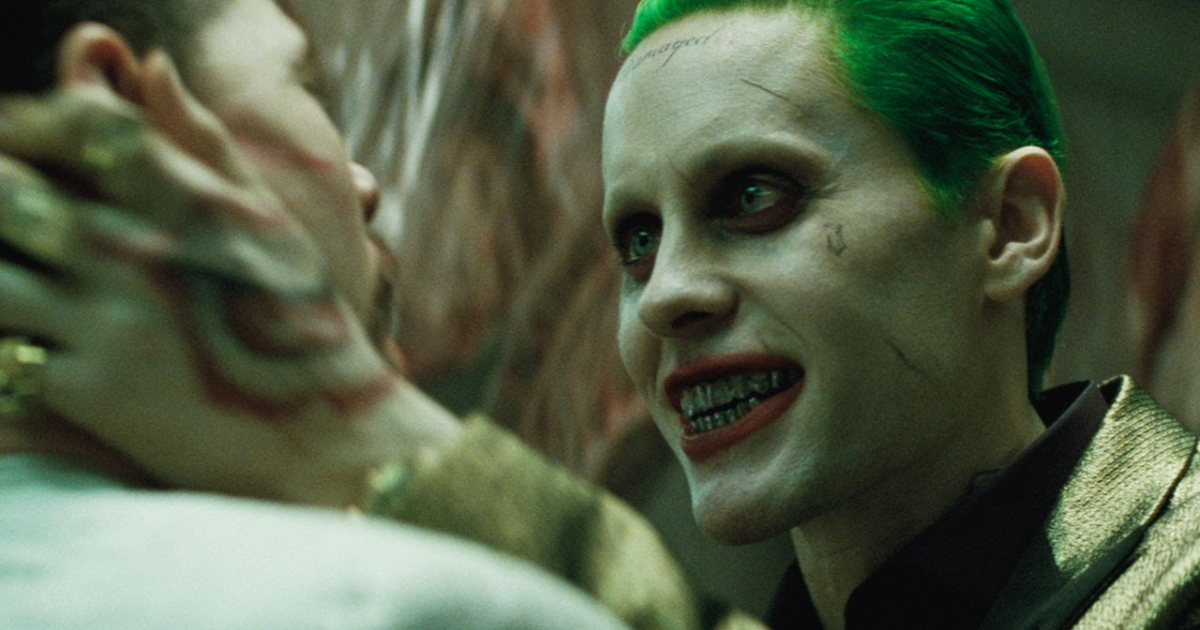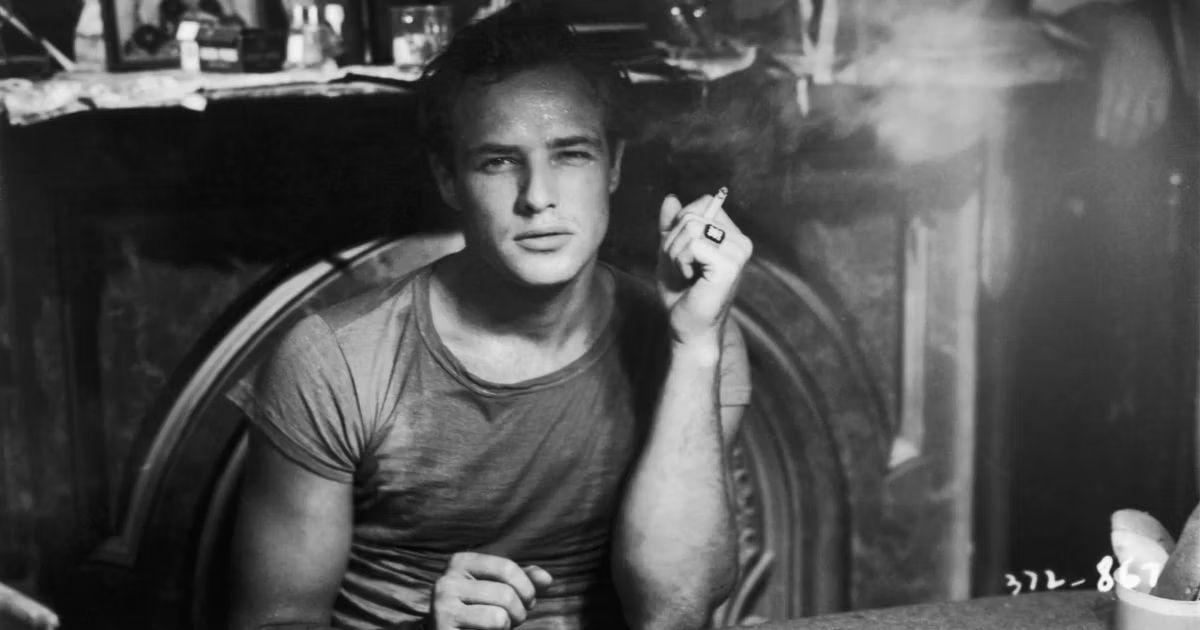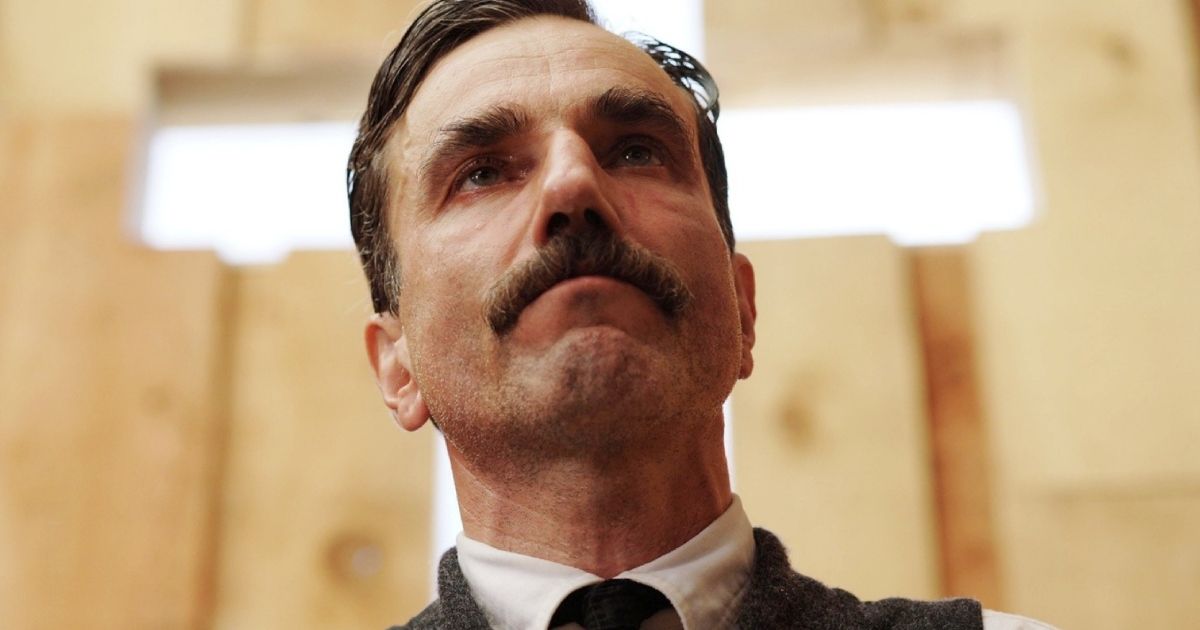From stories of Jared Leto allegedly sending dead rats as presents to his cast mates during Suicide Squad's production to actors locking themselves away in hopes of manufacturing a disconnect between characters, the concept and exercise of Method Acting has been under much scrutiny as the public learns more and more seemingly outrageous stories of their favorite actors going to extreme lengths to get into character. Some actors have even gone to harmful places to try and obtain the best performance, and have regretted the route they went on to become their characters. Others have said that they would not have been able to get into the role any other way, and stick to their tactics. Despite all the controversy and big names speaking out on whether they are for or against method acting, it is still something that actors utilize to give the performances that we know and love today.
Although it is so common in the acting world, it is just now gaining more media buzz, and to the rest of the world, is an unknown subject. Is all acting Method Acting? Where is the line between getting into character and going “method?” Here is the breakdown of what Method Acting is exactly, where it originated from, and how it has been used in classic films, as well as popular misconpcetions of the practice.
The Origin of Method Acting
What, really, is the definition of method acting? It is described as the "technique of acting in which an actor aspires to complete emotional identification with a part" by the Oxford Dictionary. In short, the technique is to completely become the character an actor is playing, both through behavior — voice, action, and movement — and through thought, and all the time. Not only do Method actors behave like the character they are portraying while on-set, but when they go home too.
It was in the 1930s, per No Film School, that this technique really took flight, developed in New York at the Actor's Studio by both Lee Strasberg and Elia Kazan. The model on which Strasberg and Kazan taught was adapted from Russian actor Konstantin Stanislavski's teachings, which asserted the technique but used it only as character work. It took flight from there as another way for an actor to immerse themselves into their role in order to fully understand the character and deliver the most honest performance.
What Method Acting Entails
When an actor goes Method, they are completely behaving as their character for the months they are filming or performing. Actors, wether or not they are Method, often complete character work outside the material they have, such as creating backstories, experiences, and answering questions for the characters they play to immerse themselves deeper. Method acting takes those experiences and makes them real. For example, an actor may move to the place their character grew up, living in the type of housing they lived in, or eating a strict diet their character may have had access to. Now, most of this could be interchangeable with an actor just doing character work. The true difference between understanding a character and going Method is, during character work, an actor is still themselves. When going method, that actor tries to become that character more fully, leaving themselves behind for the time being. Another branch of method acting is an exercise called "Sense Memory" or "Emotional Recall". This is the technique of recalling specific memories or experiences and trying to put oneself back into that mindset of that memory. This can be helpful, but also has brought up the question of danger and potential harm, especially if the memory being recalled is particularly dramatic or difficult to remember.
Common Misconceptions About Method Acting
The misconceptions about Method Acting always come from the most extreme examples, such as when the actor in question is putting themselves or their cast or crew in danger. Like any job or training, there are extremes that those undergoing need to be wary of. And when those barriers are broken, then comes the danger. For example, stories about actors starving themselves to portray someone in deep poverty, or, in order to bulk up, only eating high-calorie foods. Often times, in these extreme situations, actors have a coach directly in their corner making sure they are being safe and not hurting themselves in irreparable ways.
There are also so many other cases of Method acting that are not as extreme as what catches the media's attention. Of course, there will always be controversy no matter what. Many actors are all for Method acting, but there are also actors who have delivered equally incredible performances that disagree with Method acting, claiming that there needs to be a line where your work ends, and you begin. Both Method and non-Method have produced award-winning performances, and have many actors who with back both sides. It all depends on the actor, the character, the project, and how each individual performer wants to get into character, and like any job, comes down to each actor individually.




